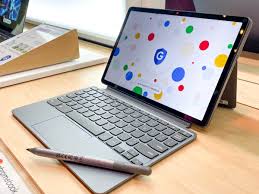
Types Of Laptop
Laptops come in a wide variety of types, each designed to meet specific needs or use cases. Below are some of the main types of laptops, categorized by their purpose, design, and functionality:
1. Ultrabooks:
- Purpose: Thin, lightweight, and highly portable laptops designed for general productivity tasks.
- Key Features:
- Sleek and slim design
- Long battery life
- Solid-state drives (SSDs) for fast performance
- Intel Core i5 or i7 processors (or equivalent)
- Best for: Students, professionals, and travelers who need a portable and efficient device for everyday tasks like web browsing, document editing, and video conferencing.
- Examples: Dell XPS 13, MacBook Air, HP Spectre x360

2. Gaming Laptops:
- Purpose: High-performance laptops designed for gaming, equipped with powerful processors and graphics cards.
- Key Features:
- High-refresh-rate displays (120Hz, 144Hz, or higher)
- Dedicated GPUs (e.g., Nvidia GeForce, AMD Radeon)
- Advanced cooling systems
- Larger batteries for extended gaming sessions
- Enhanced audio and keyboard (often RGB backlighting)
- Best for: Gamers who need a laptop capable of running resource-heavy games, VR applications, and intensive tasks like 3D rendering.
- Examples: ASUS ROG Zephyrus, Alienware m15, MSI GE66 Raider
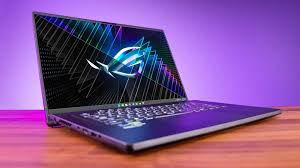
3. Business Laptops:
- Purpose: Laptops built for productivity, with features focused on performance, durability, and security.
- Key Features:
- Strong security features (e.g., fingerprint scanners, facial recognition)
- Long battery life
- Robust build quality (some are military-grade tested for durability)
- Comfortable keyboards for extended typing sessions
- Best for: Business professionals who need a reliable and secure device for tasks like email, spreadsheets, presentations, and video calls.
- Examples: Lenovo ThinkPad X1 Carbon, HP Elite Dragonfly, Dell Latitude

4. 2-in-1 Laptops (Convertible Laptops):
- Purpose: Hybrid laptops that can be used as both traditional laptops and tablets by flipping, folding, or detaching the keyboard.
- Key Features:
- Touchscreen displays (often with stylus support)
- Convertible designs (360-degree hinge or detachable keyboard)
- Lightweight and portable
- Best for: Users who need the flexibility of a tablet but still want the functionality of a laptop. Ideal for students, creative professionals, and those who like to sketch or take notes digitally.
- Examples: Microsoft Surface Pro, Lenovo Yoga 9i, HP Envy x360
5. Chromebooks:
- Purpose: Laptops that run Google’s Chrome OS, primarily designed for web-based tasks.
- Key Features:
- Lightweight and affordable
- Designed for online tasks (web browsing, Google Docs, streaming)
- Limited offline functionality (though more apps are available offline now)
- Fast boot times and long battery life
- Best for: Users who primarily need a device for browsing, document editing, and media consumption. Popular for students and education purposes.
- Examples: Google Pixelbook, Acer Chromebook Spin 13, ASUS Chromebook Flip




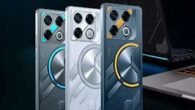

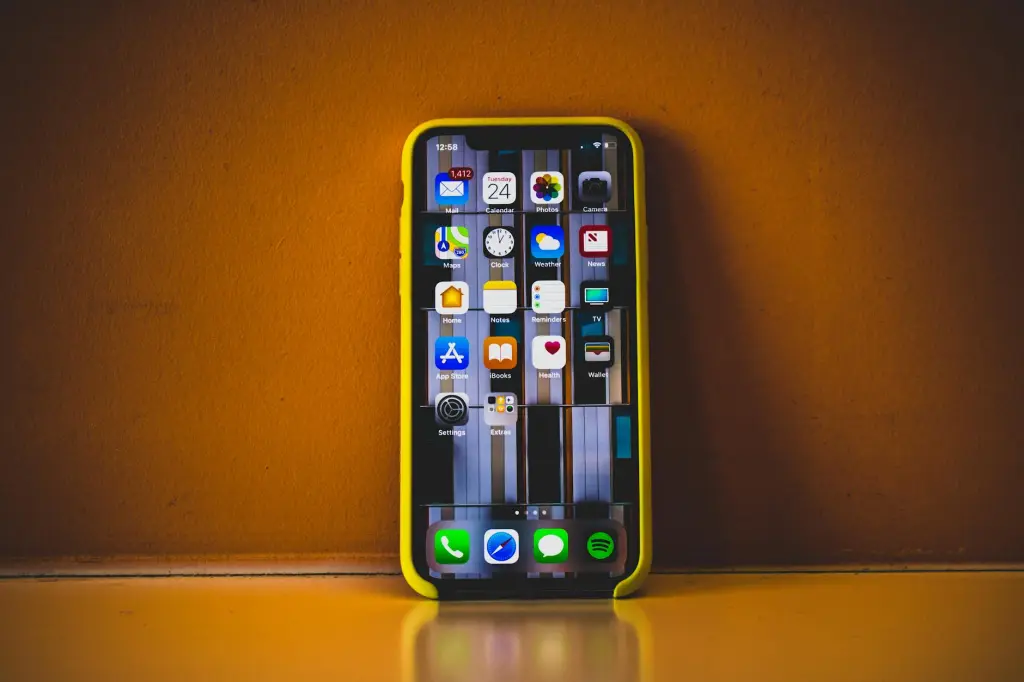
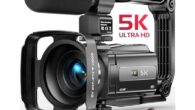




Leave a Reply